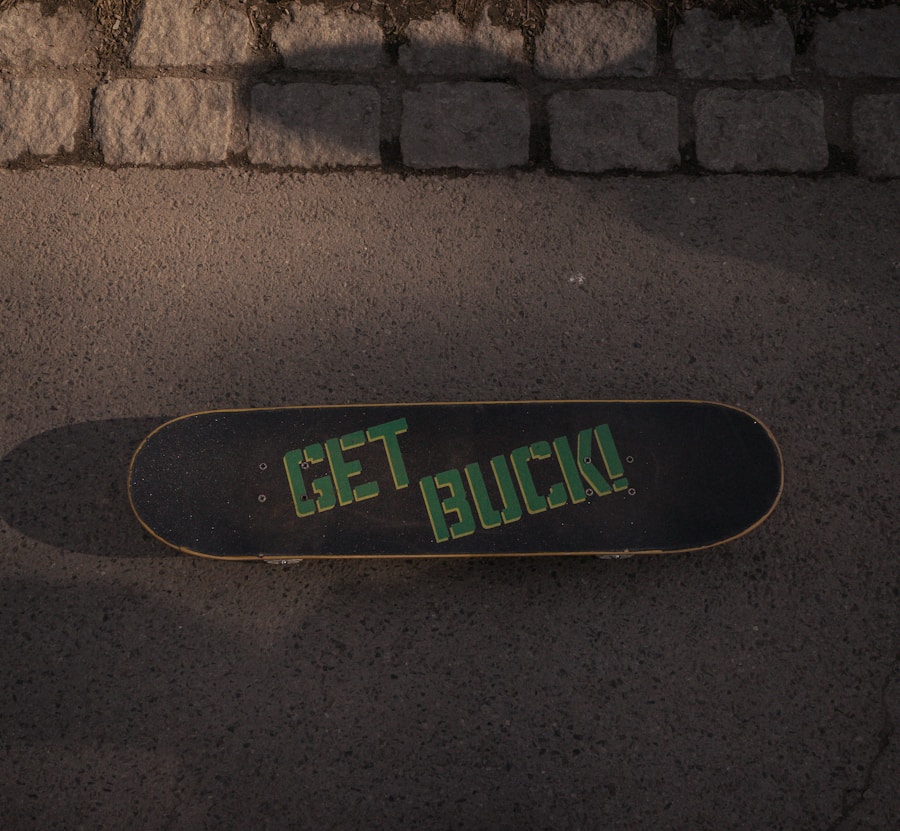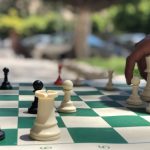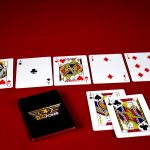Mastering the Art of Blackjack: Tips for Success
Description
Blackjack, also known as 21, is a popular card game that combines elements of chance and skill. The objective is straightforward: players aim to have a hand value that is closer to 21 than the dealer’s hand without exceeding that number. Each player is dealt two cards, and the dealer also receives two cards, with one card face up and the other face down.
The values of the cards are simple: numbered cards from 2 to 10 are worth their face value, while face cards (kings, queens, and jacks) are worth 10. The ace can be worth either 1 or 11, depending on which value benefits the player’s hand more. The game begins with players placing their bets before the cards are dealt.
Once the initial cards are in hand, players have several options to consider. They can choose to “hit,” which means taking an additional card to increase their hand value, or “stand,” which means keeping their current hand. Players can also “double down,” which involves doubling their initial bet in exchange for one additional card, or “split,” which allows them to separate two cards of the same value into two separate hands.
Understanding these basic rules is crucial for any player looking to engage in the game effectively.
Key Takeaways
- Blackjack is a popular casino game where the goal is to beat the dealer’s hand without going over 21.
- A winning strategy in blackjack involves understanding the odds, knowing when to hit, stand, double down, or split, and managing your bankroll effectively.
- Managing your bankroll is crucial in blackjack to ensure you don’t bet more than you can afford to lose.
- Knowing when to hit, stand, double down, or split is essential for maximizing your chances of winning in blackjack.
- Avoid common mistakes in blackjack such as taking insurance, not paying attention to the dealer’s upcard, and not practicing and improving your skills.
Developing a Winning Strategy
Basic Strategy: A Mathematically Derived Approach
of the most effective strategies is known as basic strategy, which is a mathematically derived set of guidelines that dictate the best action to take based on the player’s hand and the dealer’s visible card. For instance, if a player has a total of 12 and the dealer shows a 4, basic strategy suggests standing, as the dealer is more likely to bust with a weak upcard.
Card Counting: Gaining an Advantage over the House
In addition to basic strategy, players can also employ card counting techniques to gain an edge over the house. Card counting involves keeping track of the ratio of high cards to low cards remaining in the deck. When there are more high cards left in the deck, players can increase their bets, as they are more likely to receive favorable hands.
Challenges and Countermeasures
While card counting requires practice and concentration, it can significantly improve a player’s odds if executed correctly. However, it is essential to note that many casinos employ countermeasures against card counters, including shuffling the deck more frequently or using multiple decks.
Managing Your Bankroll

Effective bankroll management is a critical component of successful blackjack play. Players must establish a budget before sitting down at the table and stick to it rigorously. This budget should be based on personal financial circumstances and should not exceed what one can afford to lose.
A common recommendation is to allocate no more than 1% to 5% of your total bankroll for each individual bet. This approach helps mitigate losses during inevitable losing streaks and allows players to remain in the game longer. In addition to setting a budget, players should also consider implementing win and loss limits.
A win limit is a predetermined amount that, once reached, prompts the player to leave the table or take a break. Conversely, a loss limit sets a threshold for losses that should trigger a player to walk away from the game. By adhering to these limits, players can avoid chasing losses or becoming overly greedy after a winning streak, both of which can lead to significant financial setbacks.
Source: Gamblers Anonymous
Recognizing When to Hit, Stand, Double Down, or Split
| Hand | Dealer’s Upcard | Player’s Action |
|---|---|---|
| Hard 8 or less | 2-6 | Hit |
| Hard 9 | 3-6 | Double Down |
| Hard 10 | 2-9 | Double Down |
| Hard 11 | 2-10 | Double Down |
| Hard 12 | 4-6 | Stand |
| Hard 13-16 | 2-6 | Stand |
| Hard 17-21 | Any | Stand |
| Soft 13-15 | 4-6 | Hit |
| Soft 16-18 | 2-6 | Double Down |
| Soft 19-21 | Any | Stand |
| Pairs | Any | Split |
Understanding when to hit, stand, double down, or split is fundamental to making informed decisions at the blackjack table. Each option has its own strategic implications based on the player’s hand and the dealer’s upcard. For example, if a player has a total of 16 and the dealer shows a 10, basic strategy suggests hitting because the dealer’s strong upcard increases the likelihood of them achieving a higher total.
Doubling down is another powerful option that can lead to increased winnings when used correctly. Players should consider doubling down when they have a total of 11 or when they have a total of 10 and the dealer shows a lower card (between 2 and 9).
Splitting pairs can also be advantageous; for instance, if a player is dealt two aces or two eights, splitting them into two separate hands allows for potentially higher payouts.
Avoiding Common Mistakes
Even seasoned players can fall prey to common mistakes that can undermine their success at blackjack. One prevalent error is deviating from basic strategy due to emotional decision-making or superstition. For instance, some players may choose to hit on a hard 17 simply because they feel lucky or believe they can draw a low card.
Such decisions often lead to unnecessary losses and should be avoided in favor of mathematically sound strategies. Another common mistake involves failing to account for the dealer’s upcard when making decisions. Players may become overly focused on their own hand without considering what the dealer might be holding.
For example, if a player has a total of 13 but the dealer shows a 6, basic strategy suggests standing because the dealer is likely to bust. Ignoring this aspect can lead to poor decision-making and missed opportunities for winning hands.
Practicing and Improving Your Skills

To become proficient at blackjack, consistent practice is essential. Many online platforms offer free versions of blackjack where players can hone their skills without risking real money. These platforms allow players to familiarize themselves with game mechanics and practice various strategies in a risk-free environment.
Additionally, many casinos offer low-stakes tables where beginners can gain experience while still managing their bankroll effectively. Beyond just playing regularly, players should also take time to study blackjack strategies and theories. Numerous books and online resources delve into advanced strategies such as card counting and betting systems like the Martingale or Paroli systems.
Engaging with these materials can provide deeper insights into the game and help players refine their approach over time. Furthermore, joining forums or communities dedicated to blackjack can facilitate discussions with other players who share tips and experiences that can enhance one’s understanding of the game. By immersing oneself in both practice and study, players can develop not only their technical skills but also their psychological resilience at the table.
The ability to remain calm under pressure and make rational decisions in high-stakes situations is invaluable in blackjack.
FAQs
What is Blackjack?
Blackjack is a popular card game played in casinos around the world. The goal of the game is to beat the dealer by having a hand value closer to 21 without going over.
How is Blackjack played?
In Blackjack, players are dealt two cards and can choose to “hit” (receive another card) or “stand” (keep their current hand). Players can also choose to “double down” (double their bet and receive one more card) or “split” (separate two cards of the same value into two separate hands).
What is the value of the cards in Blackjack?
In Blackjack, numbered cards are worth their face value, face cards (Jack, Queen, King) are worth 10, and Aces can be worth either 1 or 11, depending on the player’s choice.
What is a “Blackjack” in the game?
A “Blackjack” occurs when a player is dealt an Ace and a 10-value card (10, Jack, Queen, King) as their initial two cards. This results in an automatic win for the player, unless the dealer also has a Blackjack.
What are the basic rules of Blackjack?
The basic rules of Blackjack include trying to get a hand value as close to 21 as possible without going over, beating the dealer’s hand, and understanding the options to hit, stand, double down, or split.
What is the role of the dealer in Blackjack?
The dealer in Blackjack is responsible for dealing the cards, collecting and paying out bets, and enforcing the rules of the game. The dealer also plays a hand against the players, following specific rules set by the casino.





